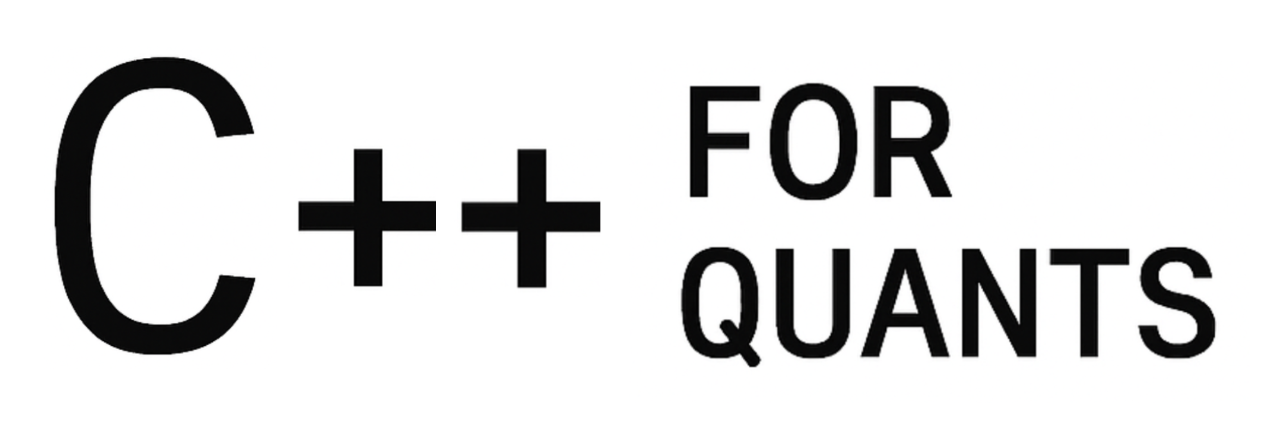The Greeks are a set of metrics that describe these sensitivities. Among them, Gamma measures how fast Delta (the sensitivity of the option price to the underlying price) changes as the underlying price itself changes. So, how to calculate gamma?
In this article, we’ll focus on deriving the Gamma of a European option under the Black-Scholes model and implementing its calculation in C++. Whether you’re building a pricing engine or refining a hedging strategy, Gamma plays a key role in capturing the curvature of your position’s risk profile.
1. What is Gamma?
Gamma is one of the key Greeks in options trading. It measures the rate of change of Delta with respect to changes in the underlying asset price.
In other words:
- Delta tells you how much the option price changes when the underlying asset moves by a small amount.
- Gamma tells you how much Delta itself changes when the underlying price moves.
Interpretation:
- High Gamma means Delta is very sensitive to price changes — common for near-the-money options with short time to expiry.
- Low Gamma indicates Delta is more stable — typical for deep in-the-money or far out-of-the-money options.
2. The Gamma Formula
In the context of options pricing, Gamma arises naturally from the Black-Scholes Partial Differential Equation, which describes how the value of an option V(S,t) evolves with respect to the underlying asset price S and time t:
[math]\Large \frac{\partial V}{\partial t} + \frac{1}{2} \sigma^2 S^2 \frac{\partial^2 V}{\partial S^2} + r S \frac{\partial V}{\partial S} – r V = 0[/math]
In this equation:
- [math]\frac{\partial V}{\partial S}[/math] is Delta
- [math]\frac{\partial^2 V}{\partial S^2}[/math] is Gamma
- [math]r[/math] is the risk-free rate
- [math]\sigma[/math] is the volatility
From the Black-Scholes PDE, we isolate Gamma as the second derivative of the option value with respect to the underlying price. Under the Black-Scholes model, the closed-form expression for Gamma is:
[math]\Large \Gamma = \frac{N'(d_1)}{S \cdot \sigma \cdot \sqrt{T}}[/math]
Where:
- [math]N'(d_1)[/math] is the standard normal probability density at [math]d_1[/math]
- [math]S[/math] is the spot price of the underlying asset
- [math]\sigma[/math] is the volatility
- [math]T[/math] is the time to expiration
To derive the closed-form for Gamma, we start from the Black-Scholes formula for the price of a European call option:
[math]\Large C = S N(d_1) – K e^{-rT} N(d_2)[/math]
Here, the dependence on the spot price [math]S[/math] is explicit in both [math]S N(d_1)[/math] and [math]d_1[/math] itself, which is a function of [math]S[/math]:
[math]\Large d_1 = \frac{\ln(S/K) + (r + \frac{1}{2} \sigma^2)T}{\sigma \sqrt{T}}[/math]
To compute Gamma, we take the second partial derivative of [math]C[/math] with respect to [math]S[/math]. This involves applying the chain rule twice due to [math]d_1[/math]’s dependence on [math]S[/math].
After simplification (and canceling terms involving [math]d_2[/math]), what remains is:
[math]\Large \Gamma = \frac{N'(d_1)}{S \cdot \sigma \cdot \sqrt{T}}[/math]
This elegant result shows that Gamma depends only on the standard normal density at [math]d_1[/math], scaled by spot price, volatility, and time.
3. Implementation in Vanilla C++
Now that we’ve derived the closed-form formula for Gamma, let’s implement it in C++. The following code calculates the Gamma of a European option using the Black-Scholes model. It includes:
- A helper to compute the standard normal PDF
- A function to compute d1d_1d1
- A
gammafunction implementing the formula - A
main()function that runs an example with sample inputs
Here’s the complete implementation to calculate gamma:
#include <iostream>
#include <cmath>
// Standard normal probability density function
double norm_pdf(double x) {
return (1.0 / std::sqrt(2 * M_PI)) * std::exp(-0.5 * x * x);
}
// Compute d1 used in the Black-Scholes formula
double compute_d1(double S, double K, double r, double sigma, double T) {
return (std::log(S / K) + (r + 0.5 * sigma * sigma) * T) / (sigma * std::sqrt(T));
}
// Compute Gamma using the closed-form Black-Scholes formula
double gamma(double S, double K, double r, double sigma, double T) {
double d1 = compute_d1(S, K, r, sigma, T);
return norm_pdf(d1) / (S * sigma * std::sqrt(T));
}
int main() {
double S = 100.0; // Spot price
double K = 100.0; // Strike price
double r = 0.05; // Risk-free interest rate
double sigma = 0.2; // Volatility
double T = 1.0; // Time to maturity in years
double gamma_val = gamma(S, K, r, sigma, T);
std::cout << "Gamma: " << gamma_val << std::endl;
return 0;
}
After compilation, running the executable will calculate gamma:
➜ build ./gamma
Gamma: 0.018762
